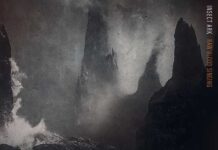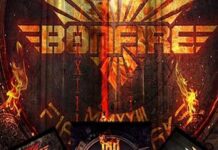
BY KEVIN STEWART-PANKO
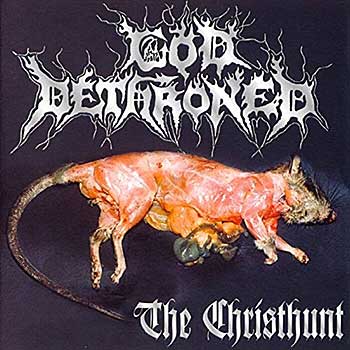
The Christhunt (Shark Records, 1992) Mix Florida death metal, anti-romanticized Scandinavian blackness with South Africa’s Groinchurn and their unique take on grindcore, then pile on about as much reverb as you’ve ever heard in one place on Henri’s vocals in the process, and you’ve got an career opening salvo that’s as quirky as it is ferocious.

The Grand Grimoire (Metal Blade, 1997)
Five years between records and shacking up with Metal Blade extols a healthy amount of maturity that can be heard on The Grand Grimoire. The band was leaps and bounds tighter (probably the result of a vastly more rigorous tour schedule) and injected their sound with new avenues of grandiose melody (probably the result of cracking open a goth rock and classical music album once in a while).
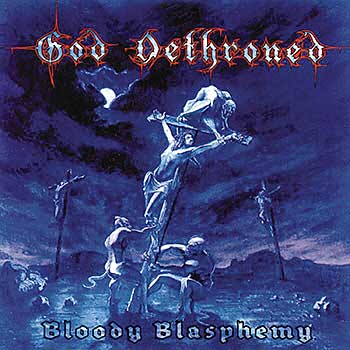
Bloody Blasphemy (Metal Blade, 1999)
I can’t exactly recall how God Dethroned’s third album hit with the punters when it was originally released 20 years ago into the nu metal landscape, but holy mackinaw what killer album! The band definitely found the center of their lane the second that the laser kissed the electronically coded piece of plastic as everything burst forth in an amazing distillation of all the blackened and melodic elements that had previously come across as piecemeal and shaky. And in going back and listening to it for the purpose of this piece, we can say it has aged gloriously well.
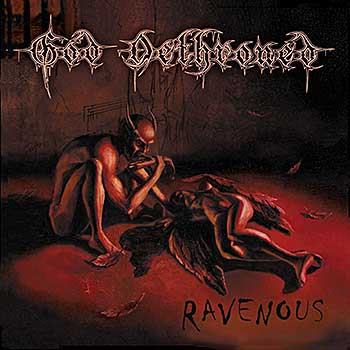
Ravenous (Metal Blade, 2001)
This is where the band reeled in the melodic pleasantries and got on their collective horse to ramp up not only pace and tempo but manifestations of chromatic and minor key villainy. Our fading memory can’t recall what was going on in the God Dethroned camp at the time, but if Ravenous was any indication and the result, there must have been copious amounts of chaos swirling around the homestead.
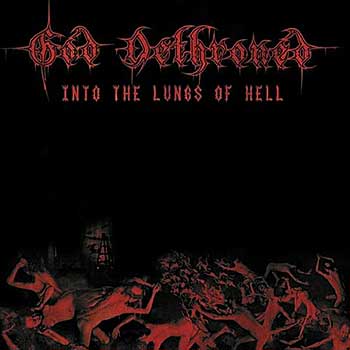
Into the Lungs of Hell (Metal Blade, 2003)
Six years after the release of Into the Lungs of Hell, God Dethroned embarked upon their WWI themed trilogy. The benefit of hindsight allows us, as members of the peanut gallery, to see that the grandiose, martial, and militaristic tack taken on those albums had its germination here. The production propelling the band’s fifth album was definitely much more expansive, warm, and massive sounding. Melodies possessed a more celebratory feel, the guitars employed huge sounding stacked chords, and they became unafraid to utilize mid paced marching tempos. An excellent album in its own right, Into the Lungs of Hell set the table for the next decade-and-a-half of recorded works.
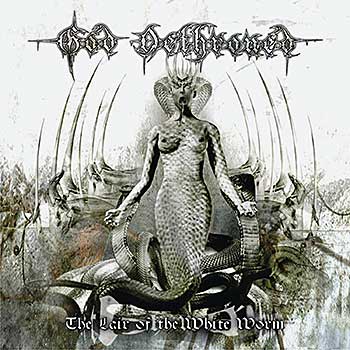
The Lair of the White Worm (Metal Blade, 2004)
The Lair of the White Worm may have stuck closely to the blueprint of its predecessor, but there’s also a bump up in the amount of, dare we say, mainstream flirtation. Imagine if you will Black Album era Metallica discovering Amon Amarth. It’s a comparison that speaks to the development of new and ongoing traits—the understated ginormity of their tone and production wizardry, Henri’s vocal phrasing smarts in “Sigma Enigma,” and, in the title track, how to make brutality irresistibly infectious.
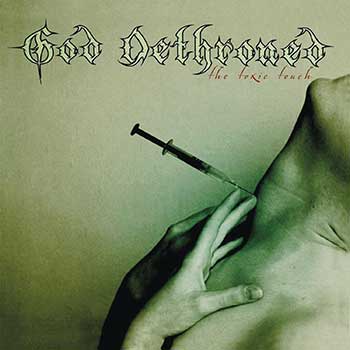
The Toxic Touch (Metal Blade, 2006)
Fear and loathing were the immediate sentiments to take hold at the opening of The Toxic Touch. Lead-off track “Faithless” had something Rammstein might make use of on their own albums, with the industrial-lite clamor bookending an uncharacteristically sanitized version of the Dutch death dealers. This is not to say songs like “Falling Down” and “Hating Life” weren’t worthy of addition to the God Dethroned cannon, but they illustrated that scraping the grit from beneath this band’s fingernails wasn’t the best move.

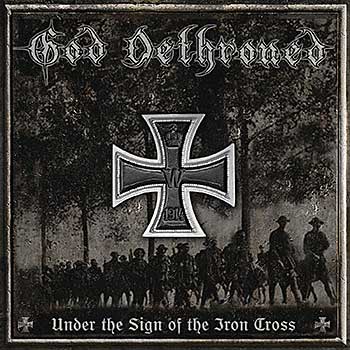
Passiondale (Passchendaele), Under the Sign of the Iron Cross, The World Ablaze (Metal Blade, 2009, 2010, 2017)
We’ve decided to lump these three albums together not only because they are a trilogy based on the battles and horrors of the First World War, but also because the albums are cut from a similar cloth and heralded a noticeable directional shift for the band. In keeping with the theme, the established baseline was augmented with a martial/militaristic feel. The grandiosity of the band’s sound took a crooked bent towards that of national anthems that lingered under the broadened strokes of blackened death metal. The experimental widening got more proficient and seamless as the trilogy progressed, but the seven year break after Under the Sign of the Iron Cross left The World Ablaze feeling somewhat struggling to keep up.












